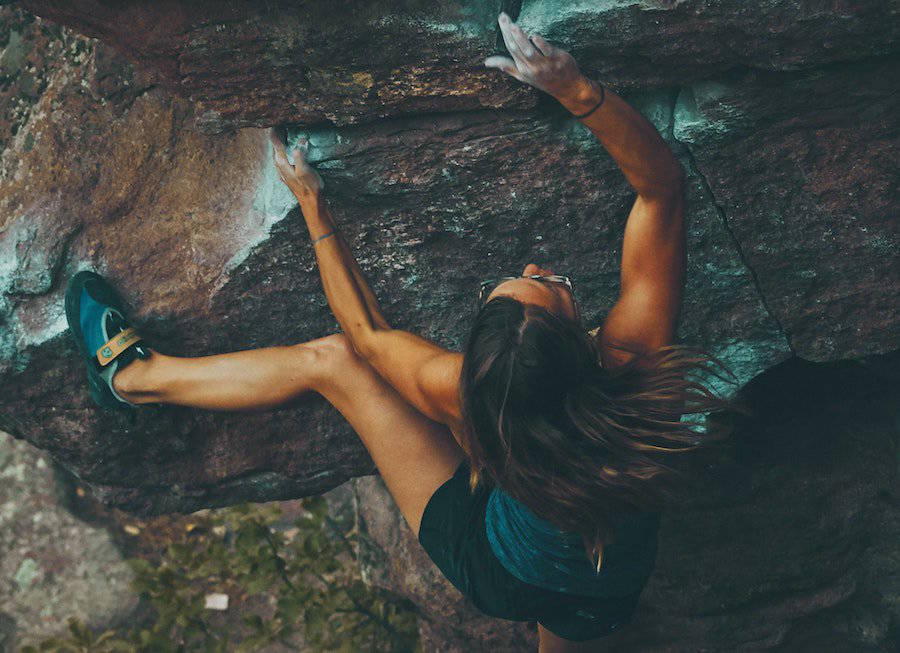
If you’ve been following our blog you know that we cover physiotherapy for both day-to-day life, and the more extreme. Today, we’re stepping up our game with a look at one very popular outdoor activity in the Greater Vancouver and surrounding area – rock climbing. There are some pretty impressive (and scary!) ledges out there, including the granite monolith known as The Chief, but even if you prefer the comforts of an indoor facility there’s one thing you have in common with your daredevil brothers and sisters – the need for physical therapy.
Critical Reasons Why Rock Climbers Need to Start Physical Therapy Today
Concerning Foot Problems Common to Climbers
Rock climbers are subject to very significant foot overuse injuries. Studies show that these include (in order of frequency) recurring ankle sprains, retrocalcaneal bursitis, achilles tendinitis, metatarsalgia, and plantar fasciitis. While strain on the feet and ankles from the pure act of climbing is one thing, required footwear is a major precursor to foot injury. On average, a seasoned climber must squeeze into climbing shoes that are over 2 sizes smaller than their walking shoes. This forces the foot into a supinated and cavus posture, which lends to lateral instability. The posterior edge of the shoe aperture puts excessive pressure on the heel, resulting in retrocalcaneal bursitis among other potential concerns.
Of course, you depend upon your feet and ankles to safely make your climb, so it’s clear that physical therapy is required to directly address these overuse injuries. If you’re a novice climber and have yet to experience these common pains it’s important to come to terms with the fact that they are coming for you. Physical therapy can also be applied to effectively prevent them from occurring in the first place. In addition, you will require physio-prescribed custom foot orthotics. You may not be able to wear them while climbing, as you need extreme flexibility from your climbing footwear, but you will absolutely need them to correct concerns with your gait for every moment that you spend “off the wall”.
The Consequence of a Poorly Functioning Upper Body
Rock climbing may very well be the ultimate full body workout, so while injuries in the lower extremities get most of the press (as per above) the upper body is just as critical to safety and performance, if not more so. Your upper body, including the back, shoulders, and arms are essential to pulling your body up and to keep you from losing your grip. You don’t need us to embellish on the consequences of the latter.
The upper body’s “pull muscles” are tasked the most, given that you’re literally pulling yourself up a ledge for potentially hours on end. Because of this, you’ll commonly find climbers afflicted with both upper and lower back injuries. That said, the following injuries are also considered very common:
- Rotator cuff tendinopathy / shoulder impingement
- Climbing elbow (the new tennis elbow!) aka lateral epicondylalgia
- Meniscal tears
- Finger pulley injuries
It goes without saying that in working with a physical therapist you can more effectively recover from the above injuries. What may not be as obvious, is the fact that by working with a physio throughout your tenure as a climber, you will take a big step towards preventing all of the above upper body injuries.
Avoiding Hunchback Syndrome
While it may make you a shoe-in for the best Halloween costume (a la Igor) each year, having a hunchback doesn’t bode well for the other 364 days of the annum. Unless you’ve always dreamed of a profession in the bell tower you will need physical therapy to make sure that you don’t develop this other common rock climber ailment.
It’s true, the longer you climb the greater your risk for developing a rounded upper back, crouched shoulders, and ultimately a hunchback. This occurs because as mentioned above, rock climbing puts the body’s “pull muscles” through a rigorous workout, but does not task your pectoral muscles, nor the other “push muscles” found towards the front of the shoulders. The overdevelopment of back muscles may create an imbalance with the underutilized push muscles and lead to both a functional and aesthetic nightmare.
Thankfully there’s an escape from the condition and the angry mob of villagers. Your physical therapist will work closely with you to ensure that you follow a regime of muscle (including stabilizers) building exercises and movements to create an optimal push/pull balance in your torso.
Before your next climb, contact Absolute PhysioCare to schedule a consultation at our Burnaby, Greater Vancouver clinic.
